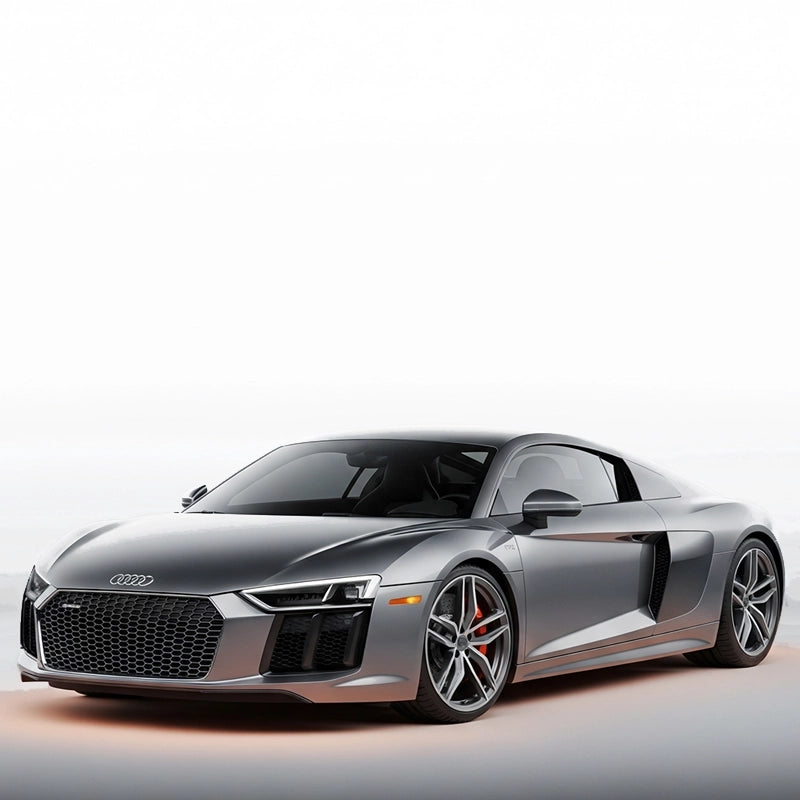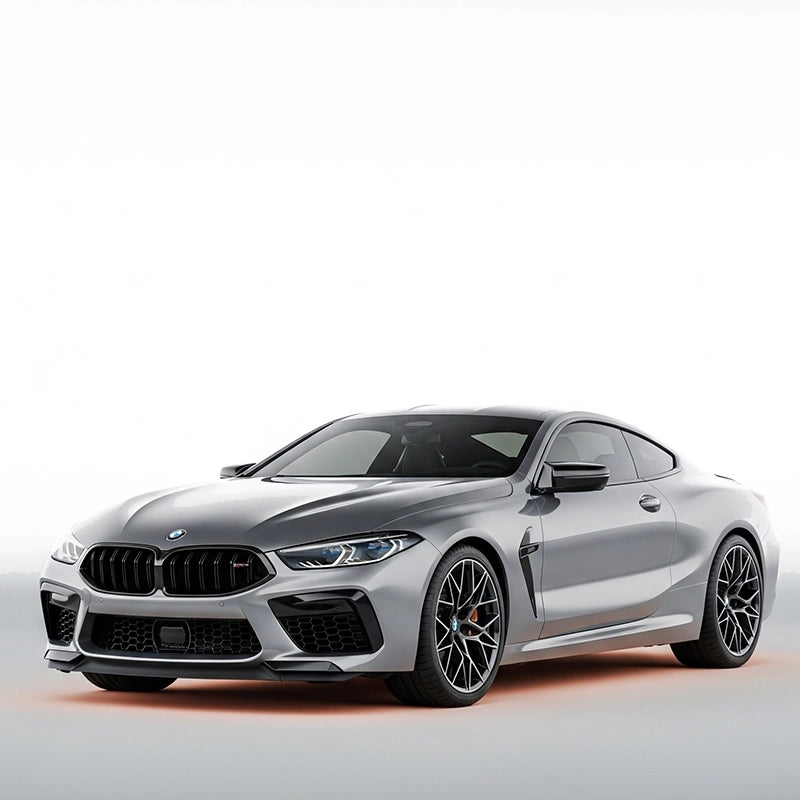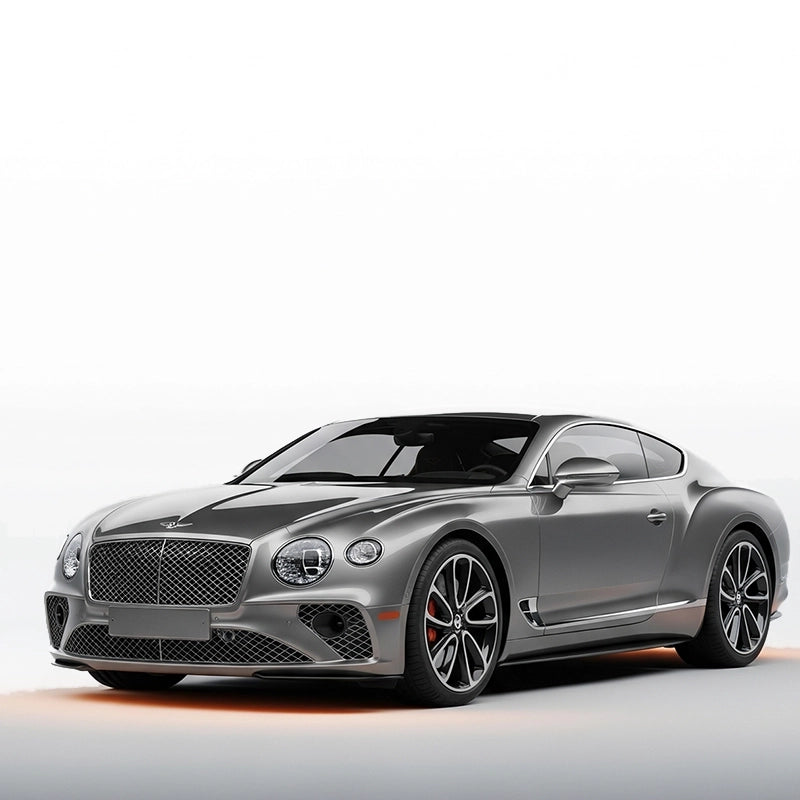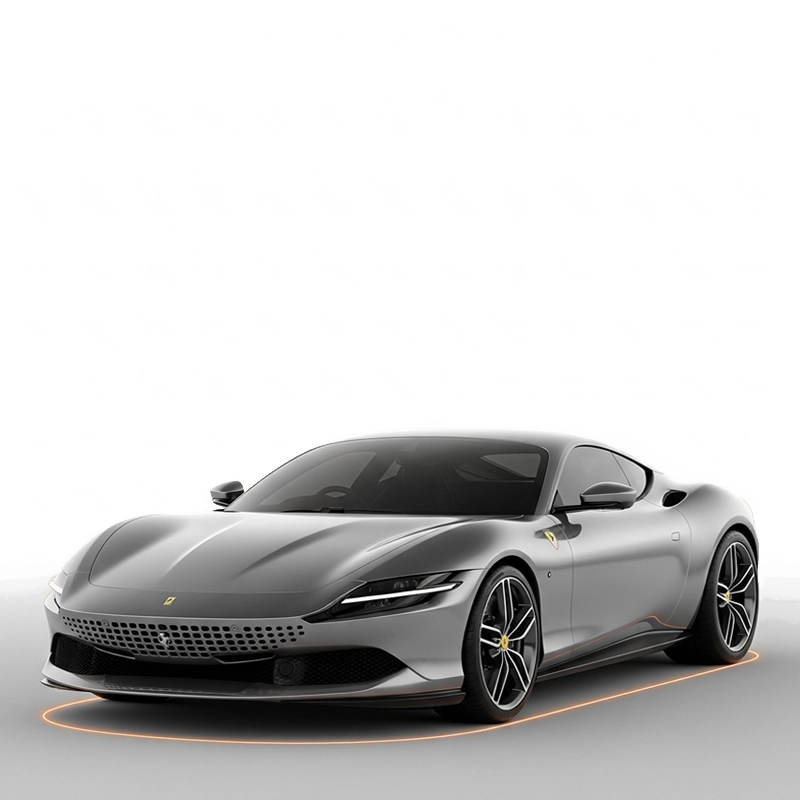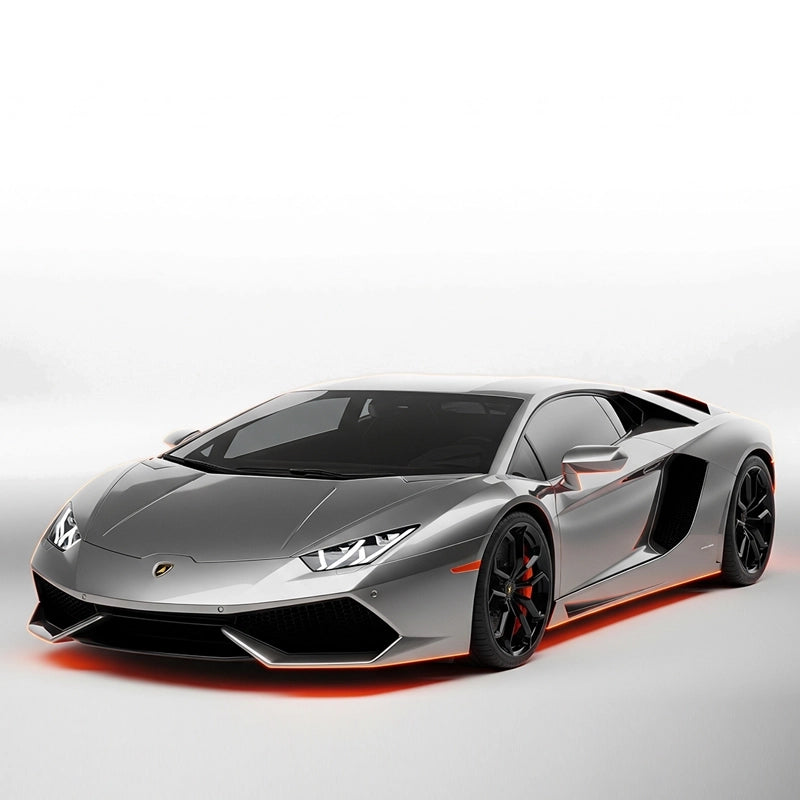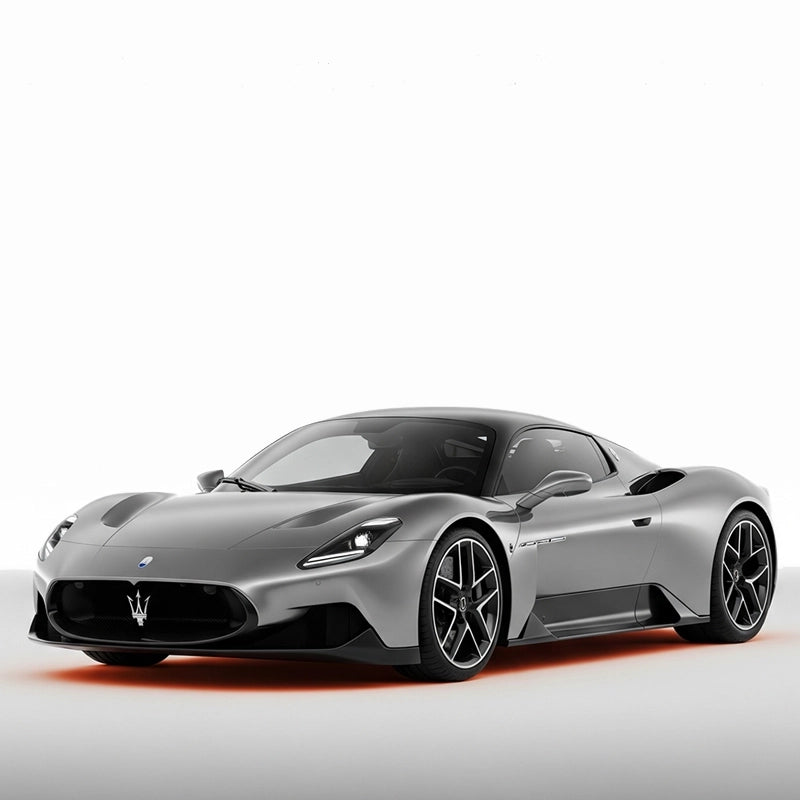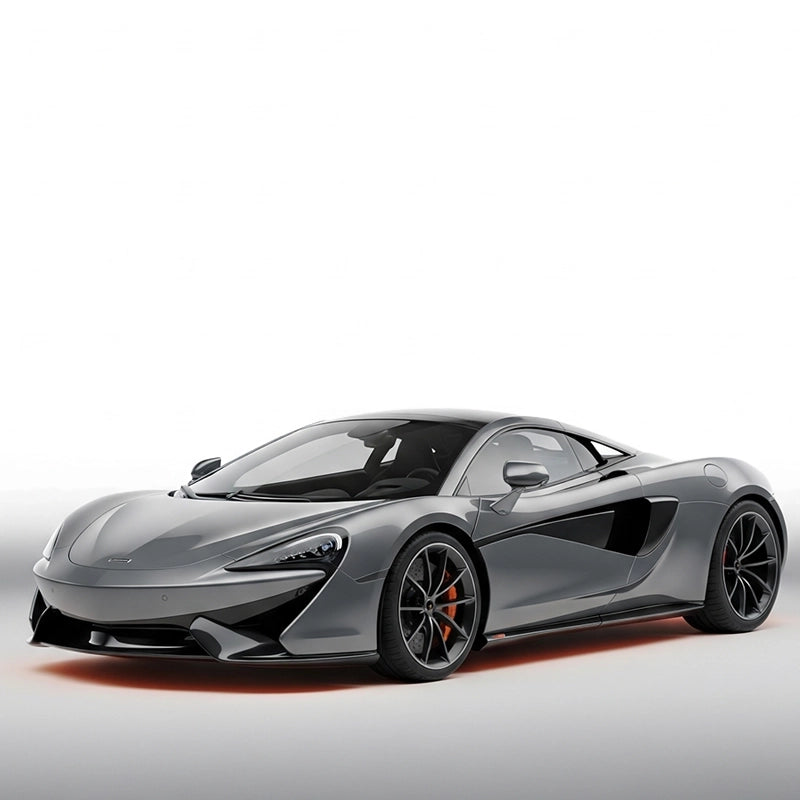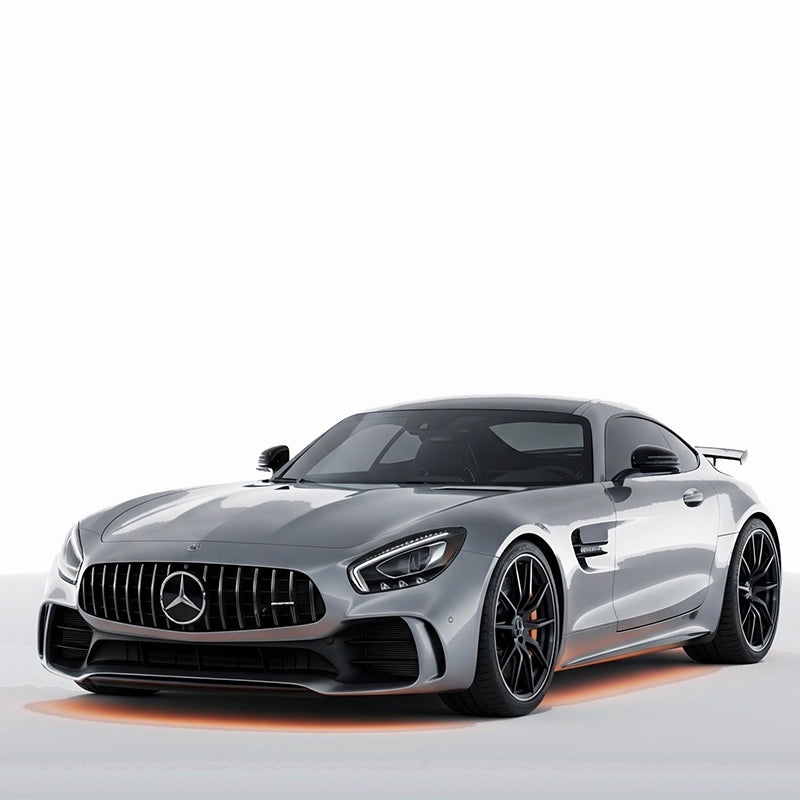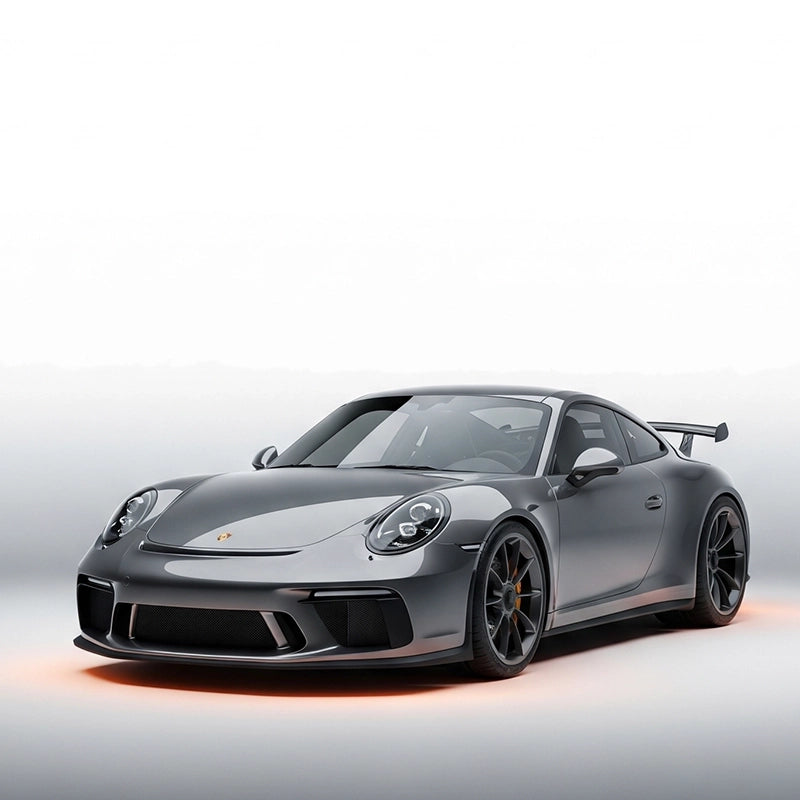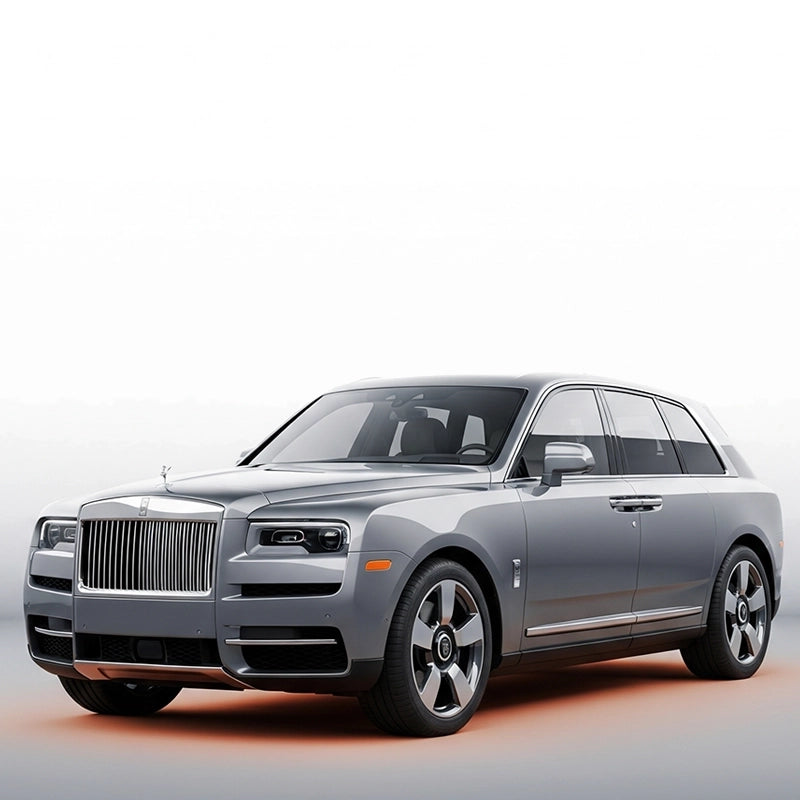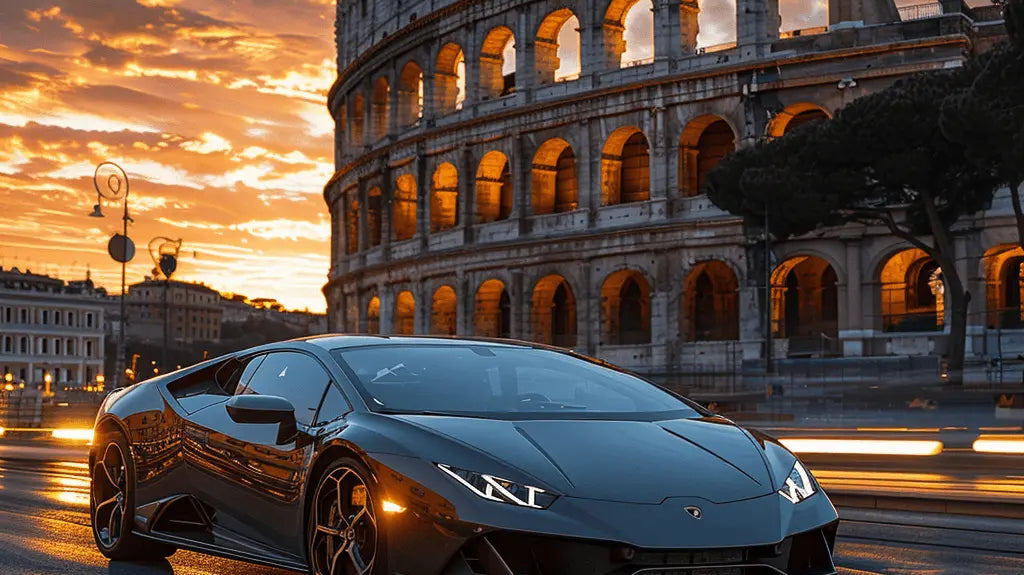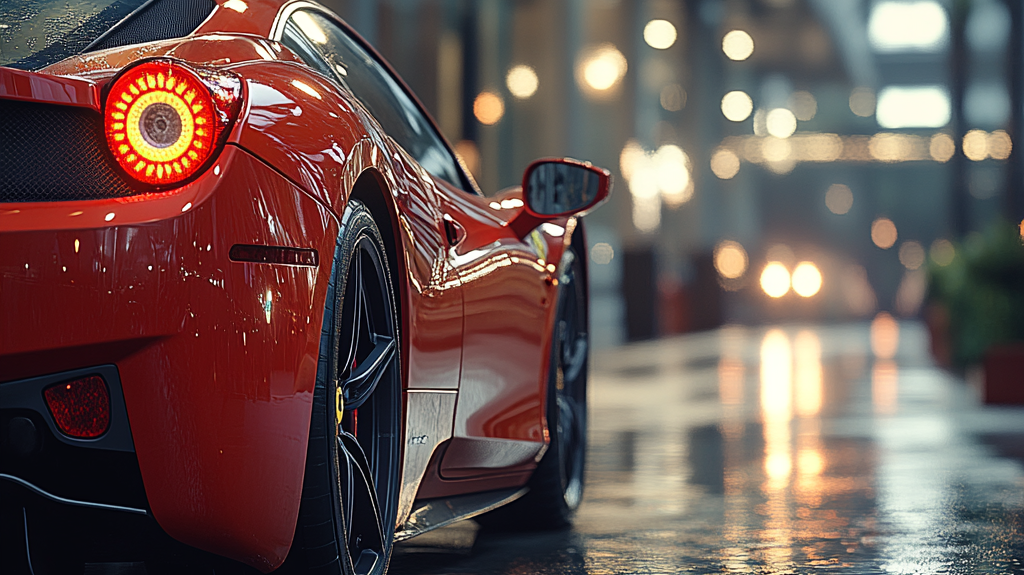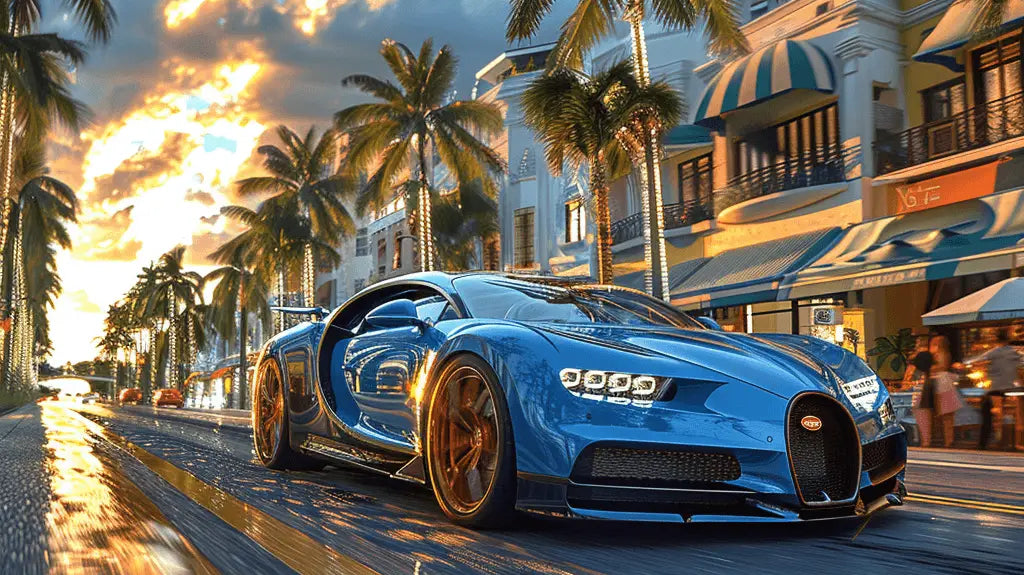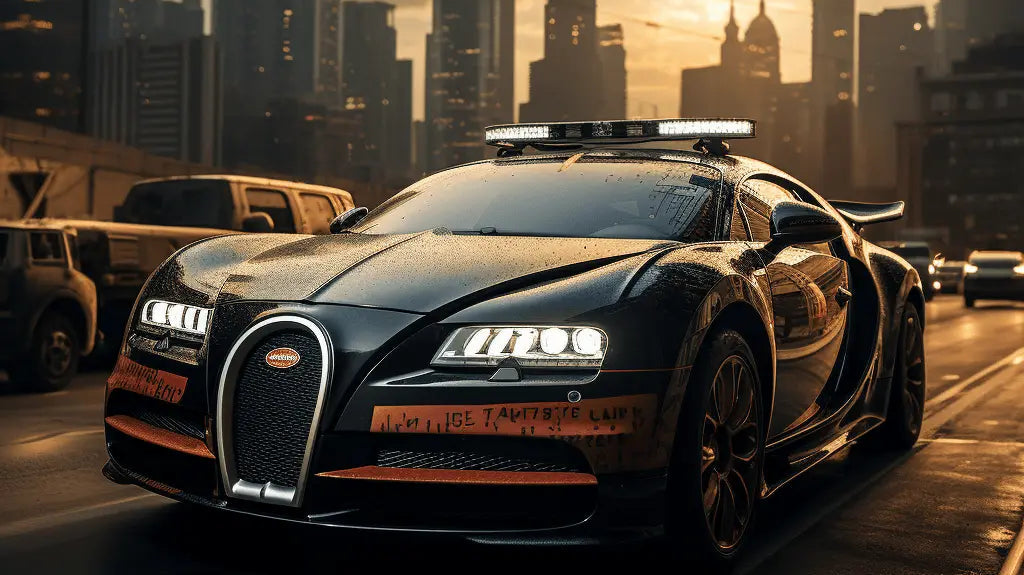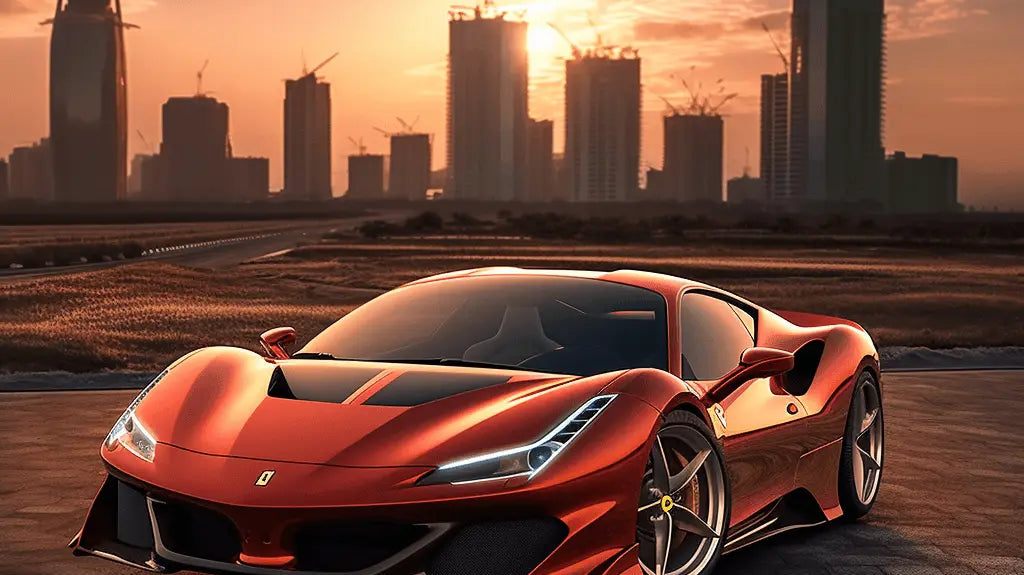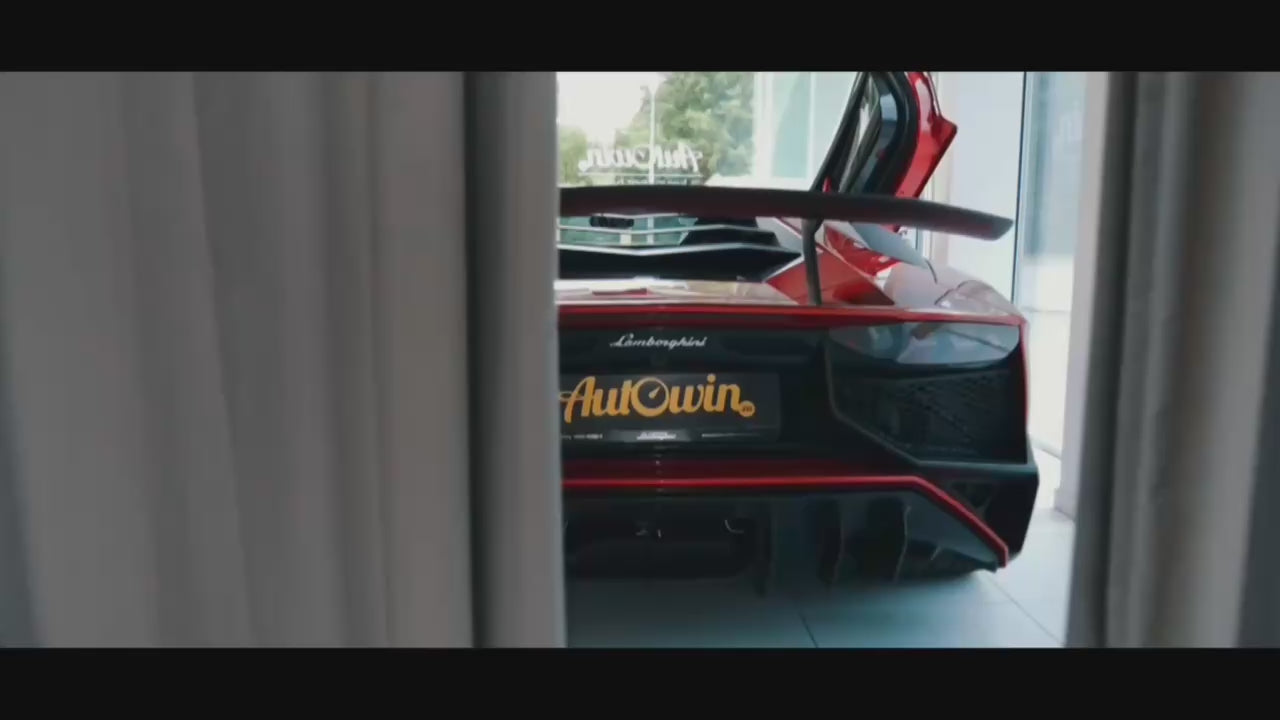McLaren: Driving Towards a Greener Future
I’ve always associated McLaren with feverish lap times and those needle-threading steering inputs that make a good road unforgettable. Sustainability? Honestly, I wasn’t sure at first. Then I spent time around an Artura in London traffic, remembered my brief EV-only trundle in a P1 at a circuit paddock years ago, and toured the brand’s approach to waste and materials. It clicked. McLaren’s green push isn’t marketing garnish; it’s a performance strategy with real-world benefits you can feel from the driver’s seat.
McLaren’s Eco Game Plan You Can Feel
Strip away the buzzwords and this is what McLaren’s sustainability looks like on the road and in the factory:
- Lightweight obsession: less mass means fewer emissions and better handling. Win-win.
- Hybrid systems that add punch without dulling feel—see P1 and Artura.
- Smarter factories: at least 60% of total waste gets recycled across operations.
- Process tweaks, fewer off-cuts, and packaging reductions that all quietly add up.
- Materials with an eye on durability and lower impact, from trim choices to adhesives.
The McLaren Technology Centre in Woking uses a man-made lake as part of its building cooling system. It’s not just for photo ops—it helps trim energy use.
McLaren P1: The Plug-In Pioneer That Still Sets the Tone
The plug-in hybrid that made petrolheads rethink electricity. The McLaren P1 combines a 3.8-liter twin-turbo V8 with an electric motor for a total of 903 hp. It’ll do 0–60 mph in about 2.8 seconds and creep silently for roughly six miles on EV power when you want to be courteous leaving your neighborhood at 6 a.m. I once glided around a paddock in EV mode; it felt like sneaking a spaceship past security.
- Power: 903 hp (727 hp V8 + ~176 hp e-motor)
- 0–60 mph: ~2.8 sec
- Top speed: 217 mph (limited)
- EV range: ~6 miles (realistic)
- Type: Plug-in hybrid (PHEV)
Most importantly, the P1 proved early that hybridization doesn’t have to sterilize feel. It sharpened it—instant torque to slingshot past traffic, and regenerative braking that, once you’re used to it, feels like a second pair of carbon-ceramics.
McLaren Artura: The Everyday Hybrid That Feels Properly McLaren
If the P1 is the poster car, the Artura is the proof of concept you can live with. A 3.0-liter twin-turbo V6 and an electric motor deliver 671 hp and 531 lb-ft, good for a 0–60 mph run around 3.0 seconds. It’ll cover up to 19 miles (WLTP) on electricity alone—closer to 11 in U.S. testing—so I did a whole morning of errands without waking the V6. Then, out on B-roads, the e-motor’s torque fill made the throttle feel silk-smooth and responsive, like the car was reading my mind.
- Power: 671 hp combined
- Battery: ~7.4 kWh
- EV range: up to 19 miles (WLTP)
- Gearbox: 8-speed dual-clutch with integrated e-motor
- Weight focus: extensive aluminum and carbon-fiber structures
The Hybrid Hypercar Face-Off
| Car | Powertrain | Total Power | 0–60 mph | EV Range | Hybrid Type |
|---|---|---|---|---|---|
| McLaren P1 | 3.8L TT V8 + e-motor | 903 hp | ~2.8 s | ~6 mi | Plug-in hybrid |
| Porsche 918 Spyder | 4.6L V8 + dual e-motors | 887 hp | ~2.5 s | ~12–19 mi | Plug-in hybrid |
| LaFerrari | 6.3L V12 + e-motor | ~950 hp | ~2.6 s | N/A | Hybrid (non plug-in) |
Numbers are one thing; feel is another. The P1’s party trick remains that mingling of savage boost with instant electric shove. It’s the one that still surprises me on corner exit, even a decade on.
McLaren’s Take on Sustainable Luxury
Eco doesn’t have to mean hair shirt. Inside recent McLarens, you’ll find trim options focused on low weight and durability, with suppliers increasingly aligned to lower-impact production. It’s the quiet stuff—solvents, adhesives, packaging—that makes a difference when you build cars at this level. Think of it as lap time by a thousand small cuts. And yes, materials like Alcantara have certified carbon-neutral programs, which doesn’t hurt either.
Accessorize Smart: Floor Mats That Suit the Car (and Your Conscience)
Here’s a simple, practical upgrade: well-made mats that protect that pricey carpeting while nodding to sustainability. AutoWin puts a lot of thought into fit and durability for McLaren models. I’ve seen their tailored sets in a 600LT—neatly edged, easy to clean, and they don’t look aftermarket.
- Precise fitment for specific McLaren models
- Tough wear layer to shrug off grit from track days or beach weekends
- Backing that resists slip without mangling your factory carpet
- Easy hose-off cleaning after a rainy Cotswolds run
If you occasionally track your McLaren, keep a spare set of mats in the garage. Swap them before and after events to keep your cabin looking fresh.
And if you’re browsing, AutoWin’s e-shop curates McLaren-friendly accessories. Their tailored options for the 600LT are a tidy example:
Is an All‑Electric McLaren Next?
Eventually, yes—but only when it meets the brand’s weight and emotional benchmarks. That’s the official line, and from what I’ve felt in the Artura, they’re not compromising on feel. For now, McLaren is doubling down on hybrid tech that keeps the steering pure, the throttle immediate, and the footprint trending down.
Conclusion: McLaren’s Greener Future Is Built on Speed and Sense
With McLaren, sustainability isn’t the headline—driving is. But the greener bits make the fast bits better: lighter cars, instant torque, quieter starts, less waste. From the plug-in P1 that rewired our expectations to the Artura that makes hybrid feel totally natural on a rainy Tuesday commute, the British marque is proving performance and responsibility can share the same apex. And if you want the cabin to keep pace, accessories like AutoWin’s tailored mats are a small, smart step in the same direction.
McLaren Sustainability FAQ
Is McLaren building a fully electric supercar?
Not yet. McLaren says a full EV will arrive only when it meets strict weight, range, and driver-engagement targets. For now, hybrids like the Artura carry the torch.
What’s the real electric range of the McLaren Artura?
Up to 19 miles on the WLTP cycle, typically closer to 11 miles in U.S. testing. In my city runs, I saw low‑teens with light traffic and gentle throttle.
Can the McLaren P1 be charged at home?
Yes. The P1 is a plug-in hybrid and can be charged via a home charging setup, letting you do short hops on EV power.
Are there lower-impact interior material options?
McLaren focuses on lightweight, durable materials and works with suppliers that have carbon-neutral programs (e.g., Alcantara). Availability varies by model and market—ask your dealer about specific trims.
How do I protect my McLaren’s carpets without spoiling the look?
Use tailored mats designed for your model, like those from AutoWin or their McLaren collection. They fit properly, stay put, and clean up quickly after rainy drives or track days.

